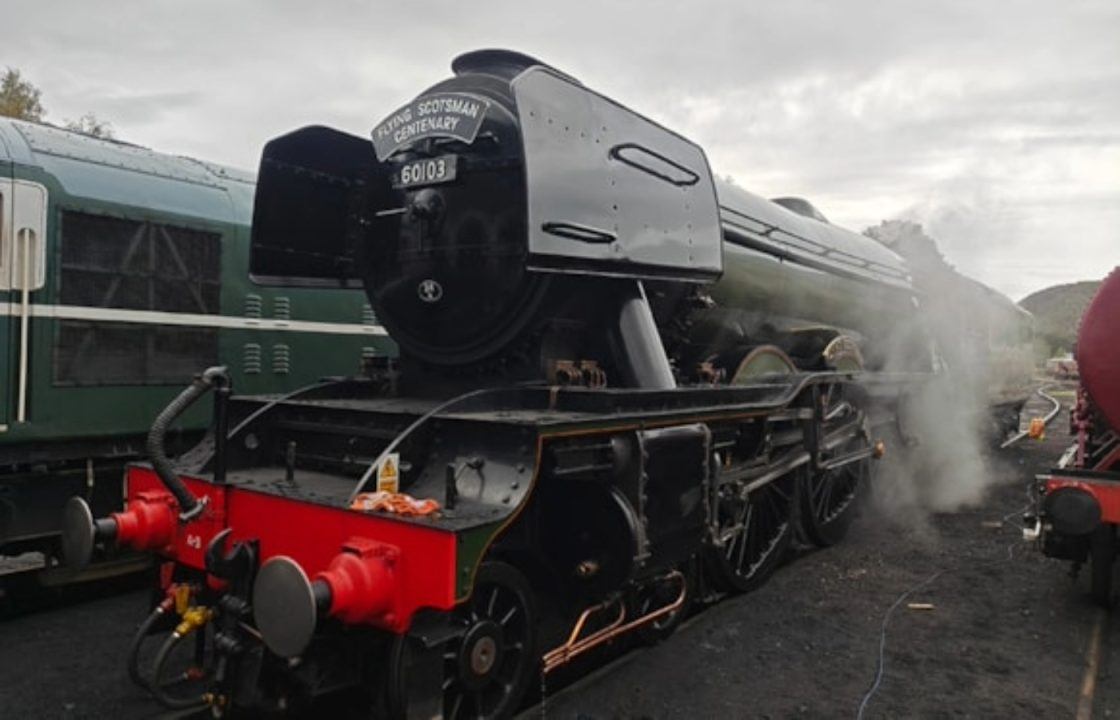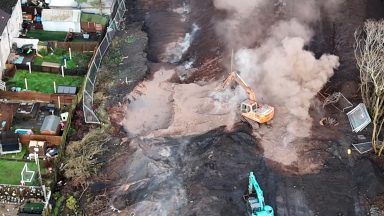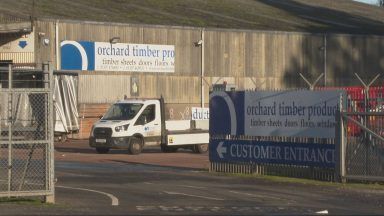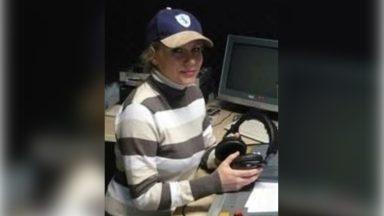An investigation into a crash involving the Flying Scotsman train has ruled the driver “did not control the speed” of the engine.
The 100-year-old steam locomotive crashed into a set of stationary Belmond’s Royal Scotsman passenger carriages last September while approaching platform three at Aviemore Station in the Highlands.
Two people were treated in hospital “as a precaution” after the crash and rail services were disrupted for a number of days.
The collision also caused minor damage to the locomotive’s fuel and water car, known as its tender, and damage to the coaches involved, which were taken out of service.
The Royal Scotsman coaches, which normally operate on the mainline railway, were due to be hauled on the Strathspey Railway by the Flying Scotsman as part of a planned move to Boat of Garten station.
The collision happened at 7mph during a move in preparation for the coupling of the locomotive to the coaches.
Following the crash, the Rail Accident Investigation Branch launched a probe that revealed its results on Thursday.
The investigation found that the collision occurred because the driver “was not aware of the proximity of the locomotive to the coaches and so did not control its speed accordingly”.
A report added: “This was due to the driver’s view of the track ahead being limited and because, immediately before the collision, no one in the cab warned the driver that the locomotive was approaching the coaches.
“The driver’s expectation, based on previous experience, was that the coaches would be located further away from the approaching locomotive.”
RAIB identified Strathspey Railway Company’s “ineffective management” of the visit of the locomotive to the railway as an underlying factor.
Following the collision, the watchdog has ordered Strathspey Railway Company to undertake a review of operations following the report.
“It is addressed to the Strathspey Railway Company and relates to a review of the arrangements for foreseeable abnormal operations, such as visiting railway vehicles and special events, to ensure that the risks are identified, assessed and mitigated,” the report said.
RAIB also identified learning points to be considered, including the importance of train crew maintaining an “effective lookout” while driving on a line-of-sight basis.
“The second is the importance of complying with rules regarding the number of people in a locomotive cab and ensuring that roles during movements are clearly understood,” the watchdog added.
A spokesperson for Strathspey Railway Company said: “The Strathspey Railway has fully engaged with the Investigation carried out by the Rail Accident Investigation Branch (RAIB) and accepts the findings of the Report.
“The Learning Points in the Report have already been addressed and work to deliver the intent of the one Recommendation is in hand”.
Follow STV News on WhatsApp
Scan the QR code on your mobile device for all the latest news from around the country



























